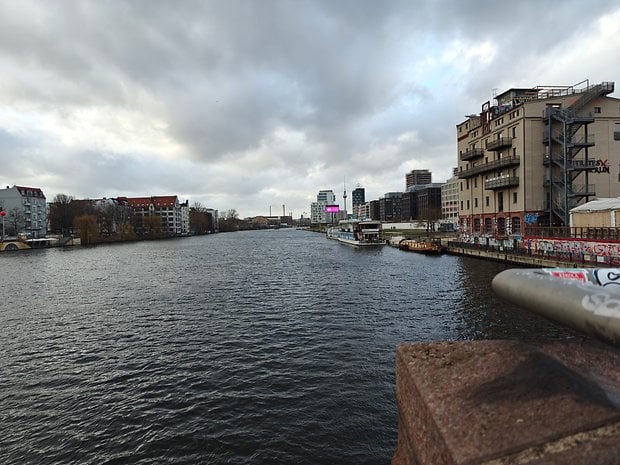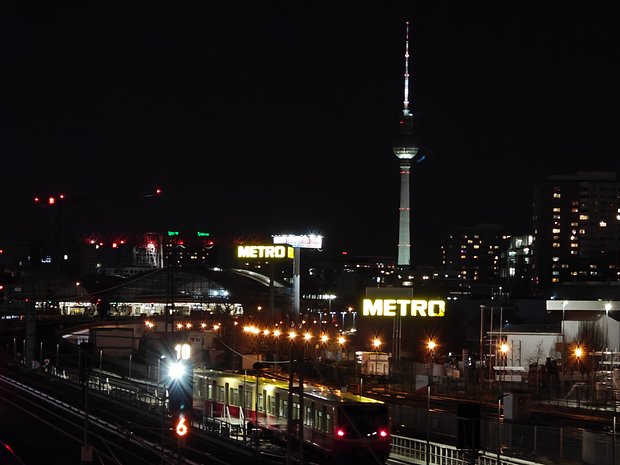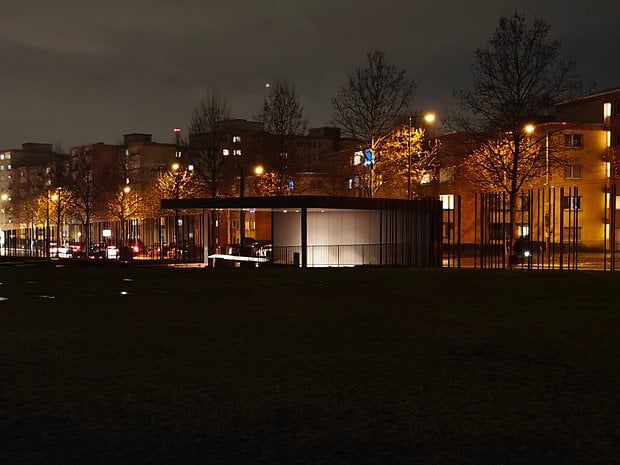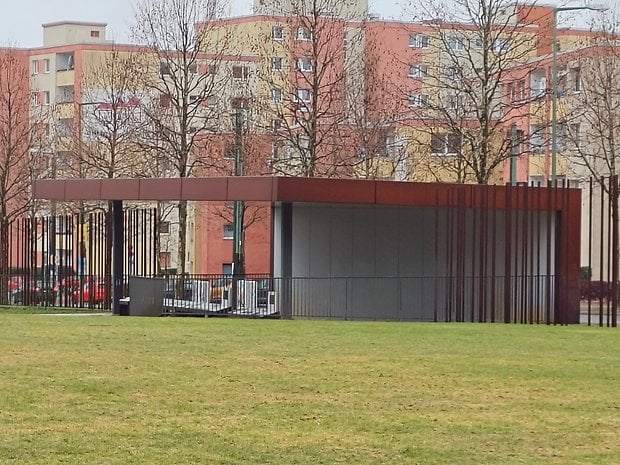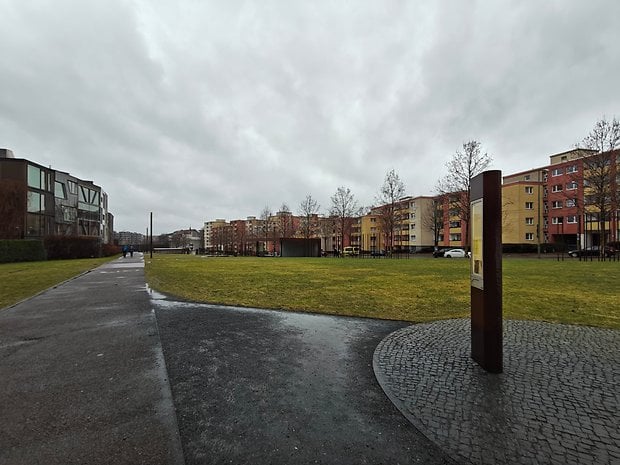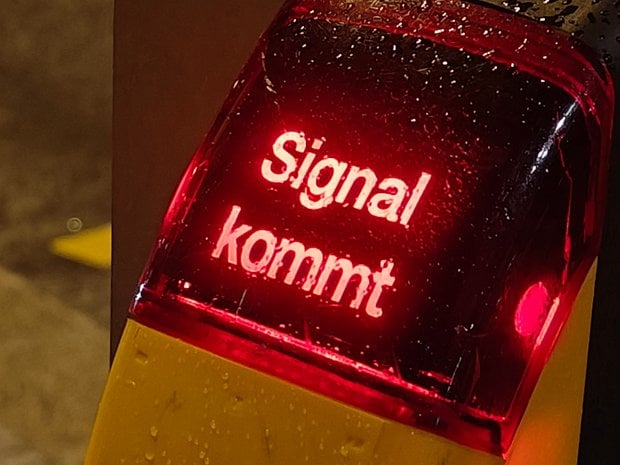OnePlus 12 vs. OnePlus 12R: A Detailed Comparison to Help You Choose


As someone who grew up in Brazil, and given that it's February, I can't help but draw a Carnival analogy: OnePlus started 2024 as the "opening float car" of the smartphone parade. Forget the Samsung Galaxy S24 Series, the phones you should be looking for are the OnePlus 12 or the OnePlus 12R. I had the chance to review both phones and here is a comparison based on my experience with the OnePlus 12 and OnePlus 12R.
OnePlus 12 and OnePlus 12R Key Specs Compared
| OnePlus 12 Series | ||
|---|---|---|
| Product | ||
| Image |  |
 |
| Review |
|
|
| Display |
|
|
| SoC |
|
|
| RAM |
|
|
| Memory |
|
|
| OS |
|
|
| Camera |
|
|
| Front-camera |
|
|
| Battery |
|
|
| Connectivity |
|
|
| Dimensions and weight |
|
|
| Offers* | ||
Display and design
These phones are big—not just in terms of the 6.7+ inch display size, but also the size of the batteries inside each of them is equally impressive. The OnePlus 12 sports a 6.82-inch display, while the OnePlus 12R features a marginally smaller 6.78-inch screen, making it slightly more compact.
Moreover, the design ethos across both models remains consistent, with the camera module and all physical buttons seamlessly integrated into the aluminum alloy chassis. As the series' flagship, the OnePlus 12 is distinguished by the Hasselblad branding on its camera module, offering an enhanced photo and video experience.

In terms of color options, the 12R is available in blue and gray, while the 12 comes in black and emerald. I tested the darker variants of both devices, each finished in a matte texture that I found quite appealing.
When it comes to durability, the OnePlus 12 lacks an IP rating, in contrast to the 12R, which boasts IP64 certification. However, both devices feature CPUs that are capable of detecting moisture on the screen or fingers, ensuring swift and accurate responses without hiccups or delays. Thus, it might be inferred that the OnePlus 12 offers at least some level of splash resistance.

Considering the importance of dust and water resistance for the longevity of these phones—especially given that they are designed with five years of security updates in mind—the OnePlus 12R appears to be the more durable option on paper.
Display-wise, both phones employ the same technology, featuring a 120Hz display with an LTPO 4.0 dynamic refresh rate that adjusts from 1-120 Hz. The typical brightness levels of 1,600 nits, peaking at 4,500 nits, are consistent across both models. These screens adeptly handle rapid scrolling and conserve battery life during low refresh rate periods.

The primary distinction lies in their resolutions. The OnePlus 12 boasts a resolution of 3168 x 1440 pixels at 510 ppi, while the 12R offers a slightly lower resolution of 2780 x 1264 pixels at 450 ppi. To put it plainly, the displays on these devices are a delight for content consumption, whether it's your favorite YouTube channel, TV shows, games, or even reading at night, thanks to features like Eye Comfort, Dark Mode, and Nature Tone Display.
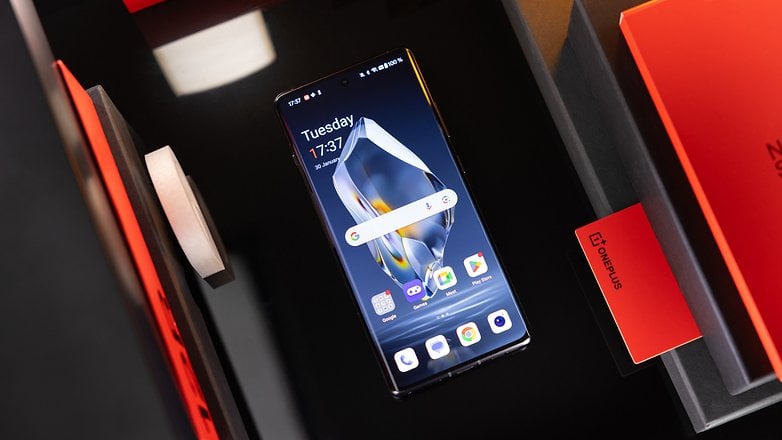
Performance and connectivity
Performance-wise, the OnePlus 12 is powered by the Snapdragon 8 Gen 3 chipset, coupled with 12 GB or 16 GB LPDDR5X RAM options. On the other hand, the OnePlus 12R steps down slightly with the Snapdragon 8 Gen 2 processor, coupled with 8 GB or 16 GB LPDDR5X RAM variants.
- Flagship SoC Comparison: Snapdragon vs Dimensity vs Exynos vs Apple
While the OnePlus 12 offers memory configurations of 256 GB and 512 GB of UFS 4.0 storage for swift data transfer, its counterpart, the 12R, comes equipped with 128 and 256 GB of UFS 4.0 storage. Connectivity features are top-notch on both devices, boasting support for Wi-Fi 7, 5G, and NFC, positioning them as future-ready for the upcoming mobile connectivity advancements. And yes, both offer eSIM support (for our German community!).
Now, let's delve into the user experience! What stood out for me during my hands-on comparison was discerning the performance nuances between the two. Frankly, for my phone usage, both models excelled equally. I didn't perceive any significant performance disparities, except perhaps the OnePlus 12's battery depleted slightly quicker. This was anticipated, given its more power-intensive SoC and marginally smaller battery capacity.
Let's turn to performance benchmark comparisons for a more analytical perspective.
| OnePlus 12 (Snapdragon 8 Gen 3) |
OnePlus 12R (Snapdragon 8 Gen 2) |
|
|---|---|---|
| 3D Mark Wild Life Extreme Stress Test |
Best loop: 5,049 Worst loop: 2,764 |
Best loop: 3,660 Worst loop: 2,462 |
| Geekbench 6 | Single: 1,161 Multi: 4,815 |
Single: 1,561 Multi: 5,142 |
We usually use the 3D Mark Wild Life Extreme Stress Test and the Geekbench 6 to measure different aspects of device performance, from GPU capabilities to CPU performance in single-core and multicore environments. Let's begin with the 3D Mark test, designed to gauge the graphical performance and stability of a device under load over time.

The OnePlus 12 shows a significantly higher best loop score, indicating superior peak graphical performance compared to the OnePlus 12R. As expected, the Snapdragon 8 Gen 3 has a noticeable advantage in handling more graphically intensive tasks.
The difference in the worst loop scores is smaller, indicating that while the peak performance of the Snapdragon 8 Gen 3 is higher, its performance stability under prolonged stress is somewhat closer to that of the Snapdragon 8 Gen 2.
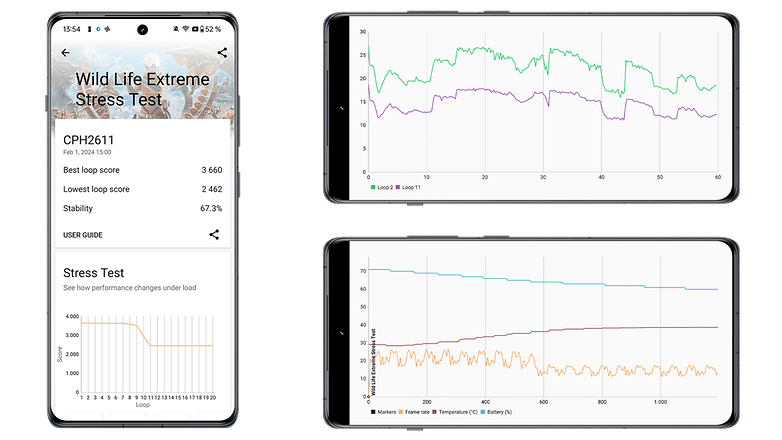
Regarding the Geekbench 6, which focuses on the CPU's performance, both for single-core and multicore tasks, despite the OnePlus 12's superior graphical performance, the OnePlus 12R scores higher in both single-core and multi-core tests.
This suggests that the Snapdragon 8 Gen 2 processor in the OnePlus 12R is more efficient at handling tasks that rely on CPU performance, both for applications that utilize a single core and those that can take advantage of multiple cores. But we must note that other phones with the same chip as the OnePlus 12 returned better numbers on the Geekbench test, which suggest a lack of optimization from the phone.
That said, the performance comparison between the OnePlus 12 and OnePlus 12R illustrates a trade-off between GPU and CPU capabilities. The OnePlus 12, with its Snapdragon 8 Gen 3, showcases significantly higher graphical performance, making it potentially more suited for gaming and high-intensity graphical applications.
In contrast, the OnePlus 12R, powered by the Snapdragon 8 Gen 2, demonstrates superior CPU performance, suggesting it might perform better in general productivity tasks and applications that rely heavily on CPU performance rather than graphical processing. This comparison underscores the importance of considering specific user needs when choosing between these two devices.
Cameras and image quality
Ok, if you find yourself reading this point of the comparison, congratulations! You indeed want to get to the bottom of the 12 Series' capabilities. The camera systems on these devices are the hardware that will break the tie for many people considering purchasing one of these phones. The OnePlus 12 does a much better job with its versatile camera set.
On the other hand, it's not that you'll get a terrible experience with the OnePlus 12R; quite the opposite, in fact. The main camera of the OnePlus 12R, with its 50 MP resolution, produces sharp, detailed images with excellent dynamic range in well-lit conditions. However, the limitations lie in the 8MP ultra-wide lens and the additional 2MP Macro camera—which I didn't even use, considering my routine.

Conversely, the OnePlus 12 features a Hasselblad triple camera setup with a 50 MP main sensor, a 48 MP ultra-wide lens, and a 64 MP telephoto lens capable of 3x optical zoom and 6x digital zoom. The main camera of the OnePlus 12 delivers clearer and brighter photos that look very true to life. Hasselblad's influence is evident in the natural and accurate color representation, especially in portrait mode.
The front-facing camera on the flagship is a 32 MP shooter, ideal for crisp selfies, while the OnePlus 12R comes with a smaller 16 MP front camera.

Overall, the OnePlus 12 focuses on versatility, whereas the 12R seems to prioritize the primary shooting experience. Please look at the pictures I've taken with each phone and judge the image quality for yourself. Remember to click on the "Original" button if you would like to see more details in the images.
OnePlus 12 Image Gallery
OnePlus 12 Image Gallery
Software and updates
Both the OnePlus 12 and 12R run on OxygenOS 14 based on Android 14, which is a clean, bloatware-free experience with a focus on speed and efficiency. OnePlus offers four years of major Android upgrades and five years of security updates, in line with the company's recent update policies.

That said, users can expect a smooth and user-friendly interface, along with additional customization options unique to OxygenOS. The 12 lineup boasts new features such as customizable lock screen options, as well as improved privacy and personalization settings for a more tailored user experience.
However, when it comes to the hype surrounding AI features, OnePlus tends to rely on Google. But recent rumors suggest that OnePlus might be working on a new AI approach for the OnePlus 12 Series.

Battery and Quick-Charging
In the power department, the OnePlus 12 comes equipped with a 5,400 mAh battery supported by 80W wired charging, while the OnePlus 12R steps it up with a slightly larger 5,500 mAh battery and an impressive 100W wired charging capability.
Unfortunately, the more affordable variant lacks wireless charging capabilities. On the other hand, the flagship model boasts an awe-inspiring 50W wireless technology.
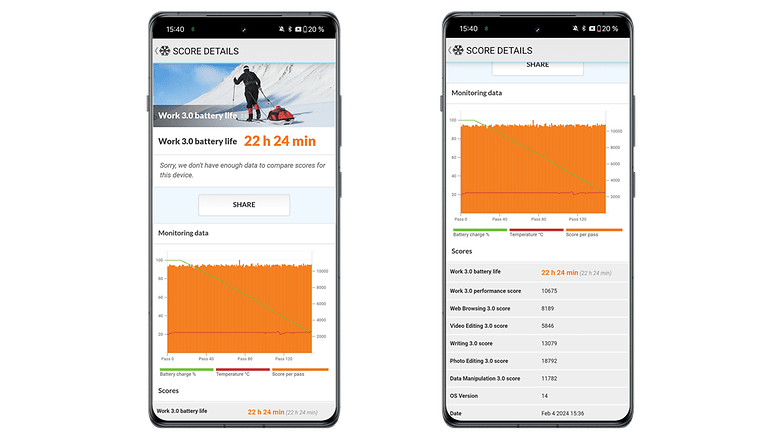
Overall, both phones are fully capable of lasting two days on a single charge—except during those particularly intense days, such as when you might spend a Saturday gaming marathon. The charging speeds are quite remarkable, too, clocking in at between 26 and 28 minutes for a full charge. Naturally, these figures are contingent on using the OnePlus-specific charger adapter.
In terms of benchmark tests, the OnePlus 12R achieved an impressive 22 hours and 24 minutes of battery life, while the OnePlus 12 recorded 19 hours and 25 minutes. Impressive, indeed!

Conclusion
As I previously pointed out, the OnePlus 12 and 12R are poised to cater to different segments of the tech market. The OnePlus 12 seems to be aimed at users seeking a high-end, performance-oriented device with a focus on photography and display quality. The OnePlus 12R, with its 'more modest' hardware, appears to target the more price-conscious consumer, offering slightly scaled-back features without compromising the core experience.
If you rely heavily on camera versatility in your day-to-day routine, go with the OnePlus 12. If not, you will get a consistent experience with the OnePlus 12R. After all, even OnePlus calls the 12R the 'flagship killer'—and rightly so!
Now, considering your budget and needs, would you purchase one of these devices? Why?




